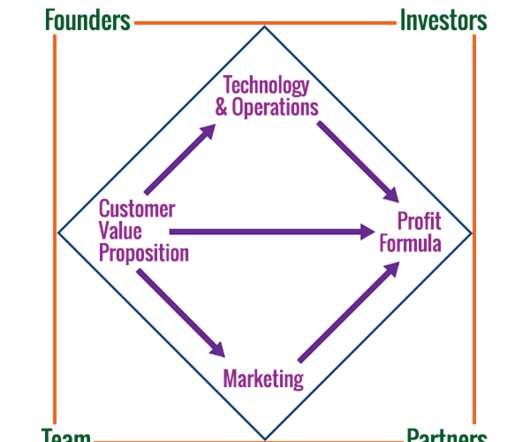Why Startups Fail: Six Issues to Avoid
Leading Blog
DECEMBER 12, 2022
Tim Eisenmann is a professor at Harvard Business School, where he’s led The Entrepreneurial Manager , a required course for all of their MBAs. Marketing: How much to spend on marketing. . Marketing: How much to spend on marketing. T HE FACT IS most startups fail. Profit Formula: This is your plan for making money.
































Let's personalize your content